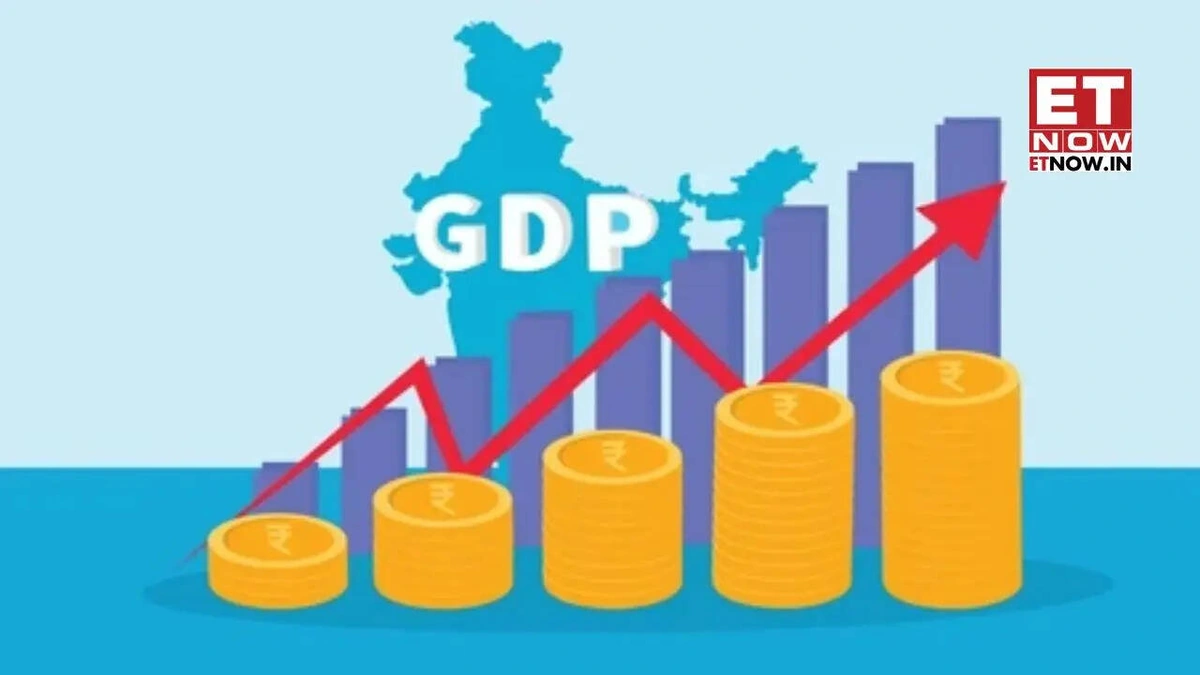Decoding India’s GDP Growth Rate: Why It Matters (More Than You Think)
Okay, let’s be real. We’ve all seen the headlines: ” GDP growth rate surges!” or “Economy slows down!” But what does it all really mean for you, sitting there with your chai and dreams of a better future? Here’s the thing: it’s not just about numbers; it’s about understanding the story those numbers are trying to tell. I initially thought it was simply an indicator of economic health, but delving deeper, I realised it’s a complex web affecting everything from your job prospects to the price of your groceries. This article will peel back the layers and explain why you should care.
Thank you for reading this post, don't forget to subscribe!What is GDP Growth Rate, Anyway? (In Plain English)
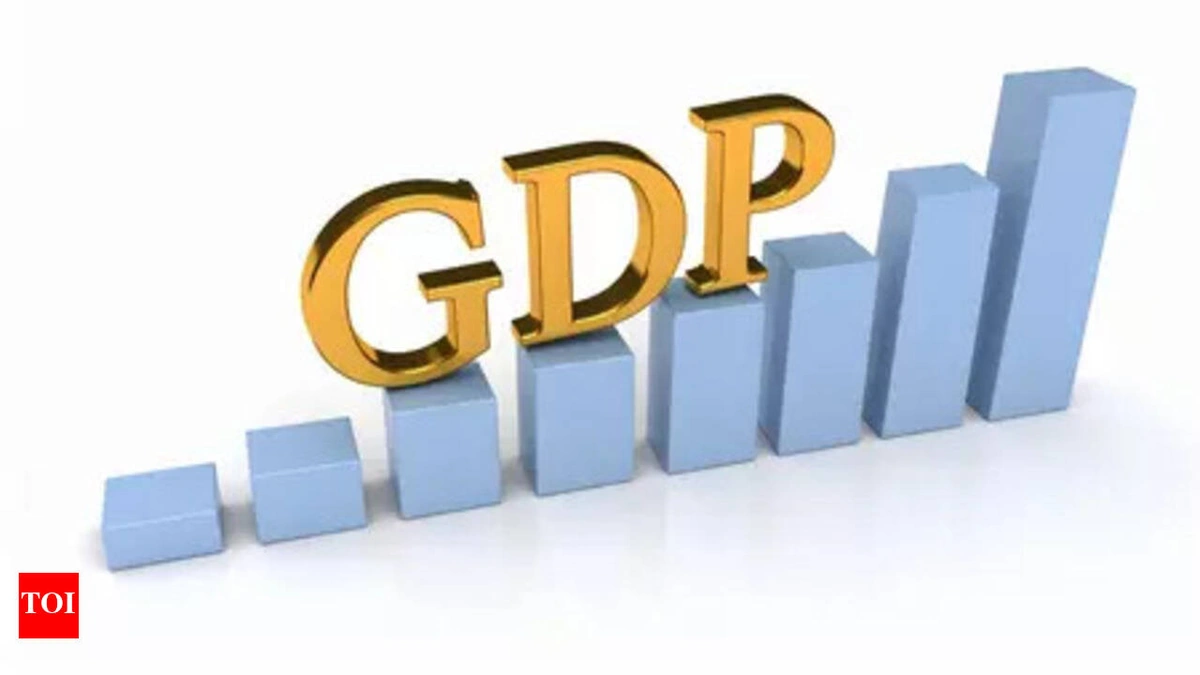
At its heart, the Gross Domestic Product (GDP) growth rate is the percentage change in the value of the goods and services produced in a country over a specific period, usually a quarter or a year. Think of it as the economy’s report card. A positive growth rate means the economy is expanding; a negative rate? Well, that signals a contraction, or recession. But , it’s far from a perfect measure, which is something most articles miss.
It measures the increase in economic activity. But , it doesn’t tell the whole story. For example, it does not account for environmental degradation and income inequality.
Why Should You, An Average Indian, Care About GDP Growth?
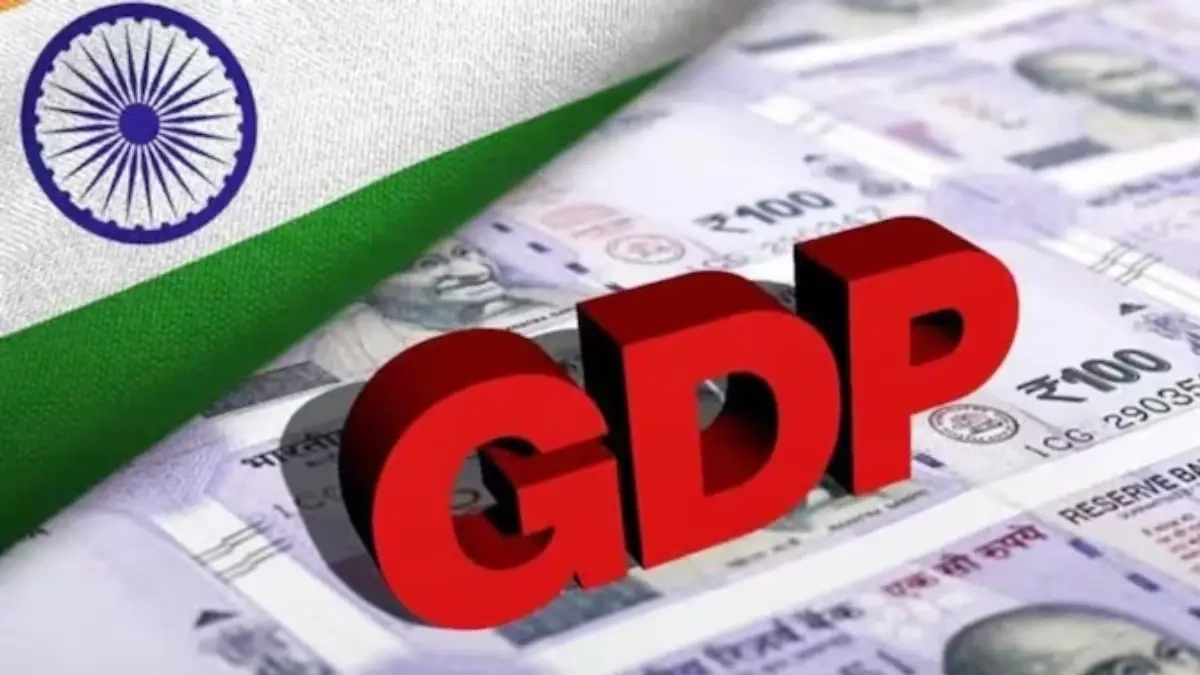
This is where it gets personal. A healthy GDP growth rate creates a ripple effect. More jobs are created because businesses are expanding, leading to increased incomes. Increased income means more spending, further fueling economic activity. What fascinates me is how interwoven it all is!
If the Indian economy grows, new sectors come up. The purchasing power of the citizen increases. New companies come to India and offer higher salaries. A common mistake I see people make is thinking that GDP growth only affects big businesses. It trickles down, folks. It affects the demand for auto rickshaws, the sales in local shops, and the availability of loans for small businesses. Speaking of businesses, here’s a link you might find interesting: waaree energies share .
The Government’s Role and the Impact of Policy Decisions
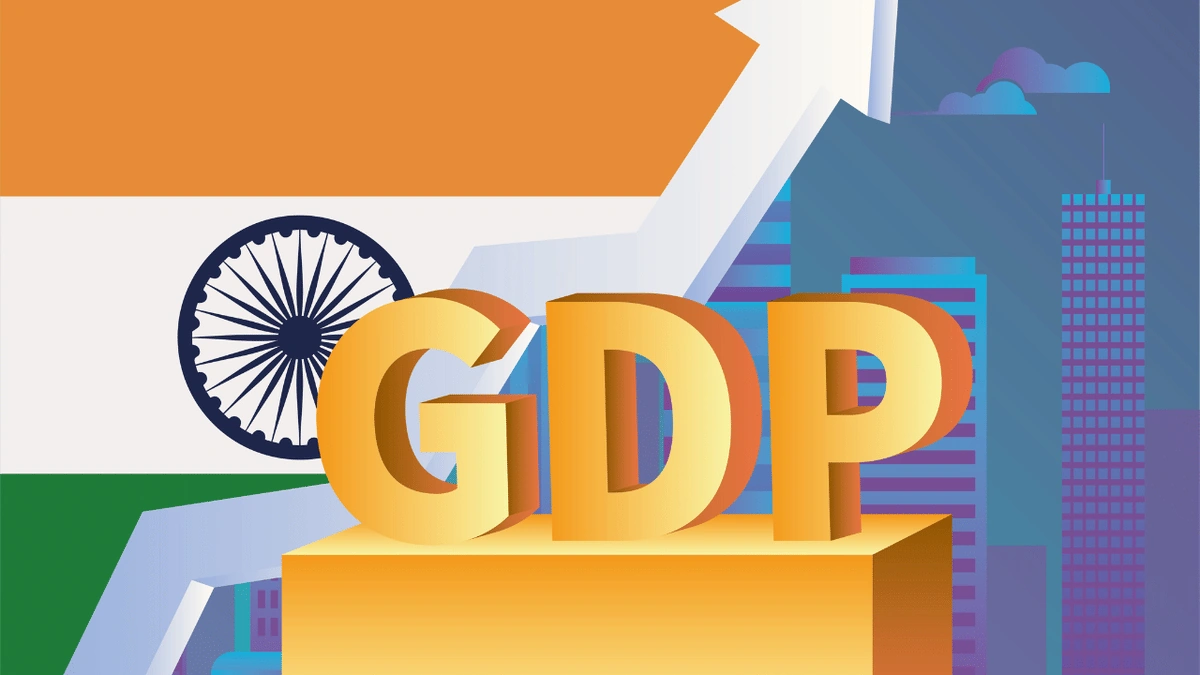
Governments play a huge role in influencing GDP growth through fiscal and monetary policies. For example , interest rate cuts by the Reserve Bank of India (RBI) can encourage borrowing and investment, boosting economic activity. And , increased government spending on infrastructure projects can also have a similar effect. It is a very crucial aspect that helps boost the economic growth of the nation.
What I initially thought was a straightforward process is more complex. Decisions like tax breaks, subsidies, and trade agreements all have an impact. But , the effectiveness of these policies depends on various factors, including the global economic climate and the specific conditions in India.
Global Factors Influencing India’s GDP
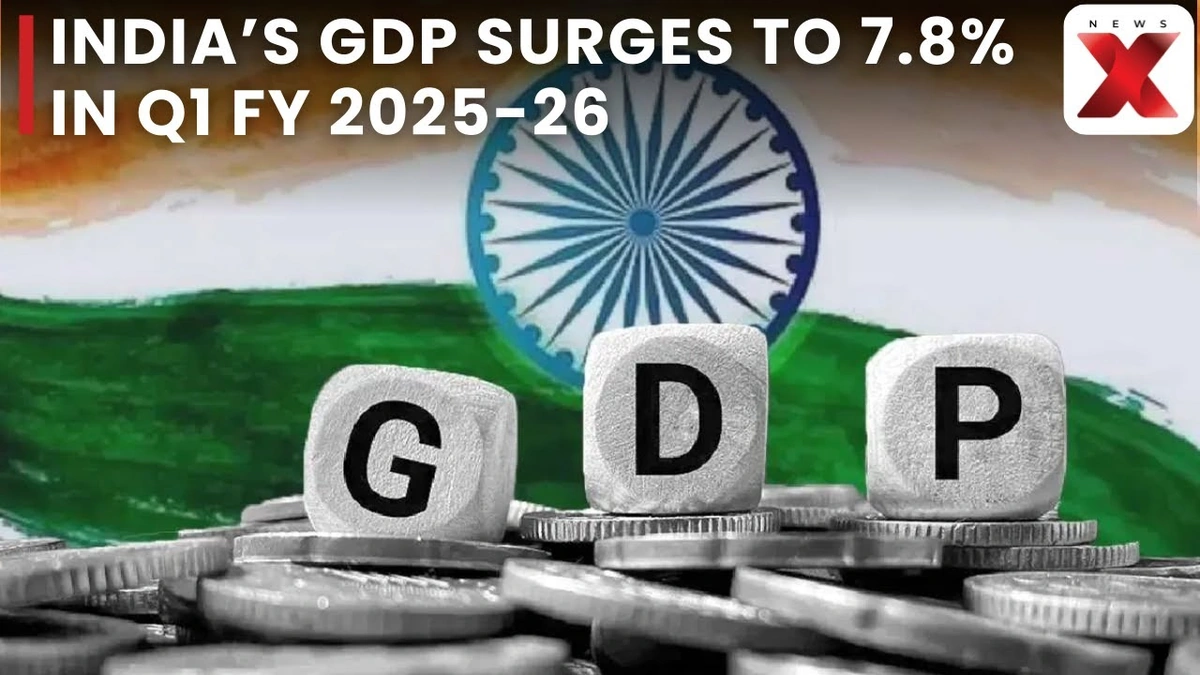
India doesn’t exist in a vacuum. Global economic trends, such as the health of the US economy, fluctuations in oil prices (a major import for India), and global trade policies, all impact India’s GDP growth rate . The economy of India and the financial decisions are affected by one another . A global recession, for instance, can reduce demand for Indian exports, negatively affecting the economy. That’s why it’s crucial to keep an eye on international events and understand their potential consequences.
India’s Economic Growth | A Sustainable Future?
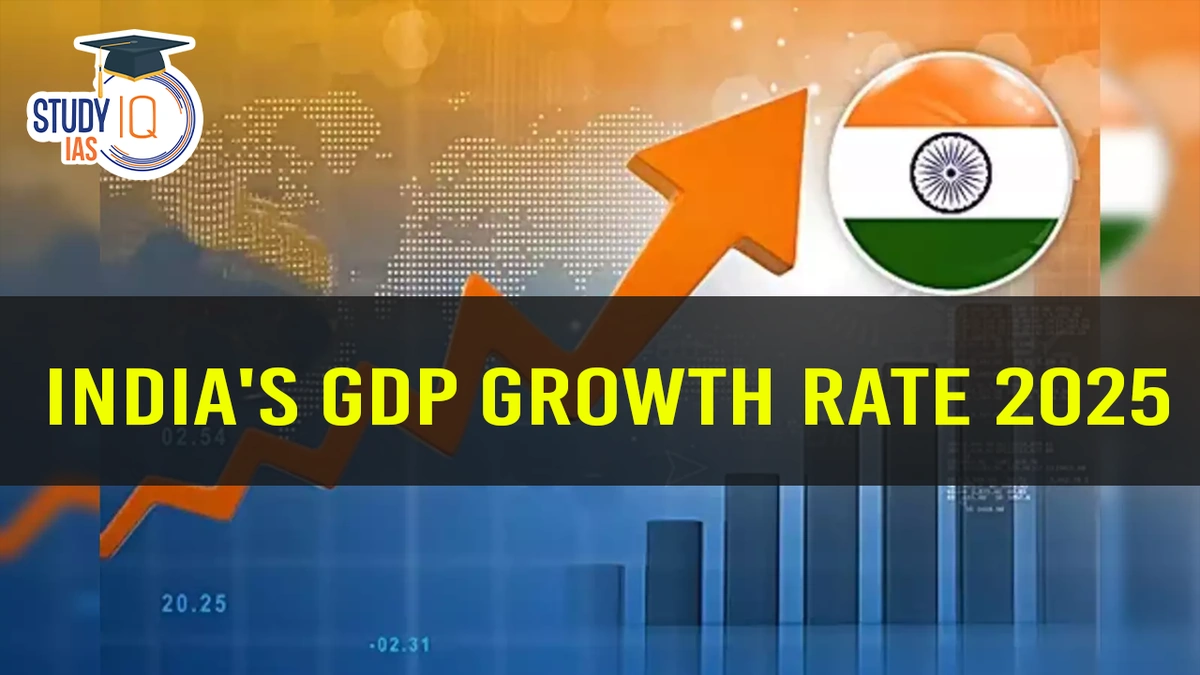
India’s economic growth faces major challenges such as inflation and unemployment. These factors can restrain economic activity and consumer expenditure. Sustainable practices can promote long-term inclusive growth. As per a report on the World Bank’s website , climate change could cost India up to 2.8% of its GDP by 2050.
FAQ: Your Burning Questions About GDP Growth Rate, Answered
What if India’s GDP growth slows down?
Slower growth can lead to fewer job opportunities and reduced income growth.
How is the GDP growth rate calculated in India?
It’s calculated by the National Statistical Office (NSO) using data from various sectors of the economy.
Can GDP growth be misleading?
Yes, it doesn’t always reflect the well-being of all citizens, as it doesn’t account for income inequality or environmental damage.
What are the key drivers of India’s GDP growth?
Manufacturing, services, and agriculture are all vital sectors.
How does inflation affect GDP growth?
High inflation can reduce consumer spending and investment, thus slowing GDP growth .
So, the next time you see a headline about GDP growth rate , remember it’s not just a number. It’s a reflection of our collective efforts, our challenges, and our potential. Understanding it helps you make informed decisions, participate in the economic conversation, and plan for your future. Let me rephrase that for clarity: paying attention to GDP growth rate isn’t just for economists; it’s for everyone who wants to understand the direction India is heading.
